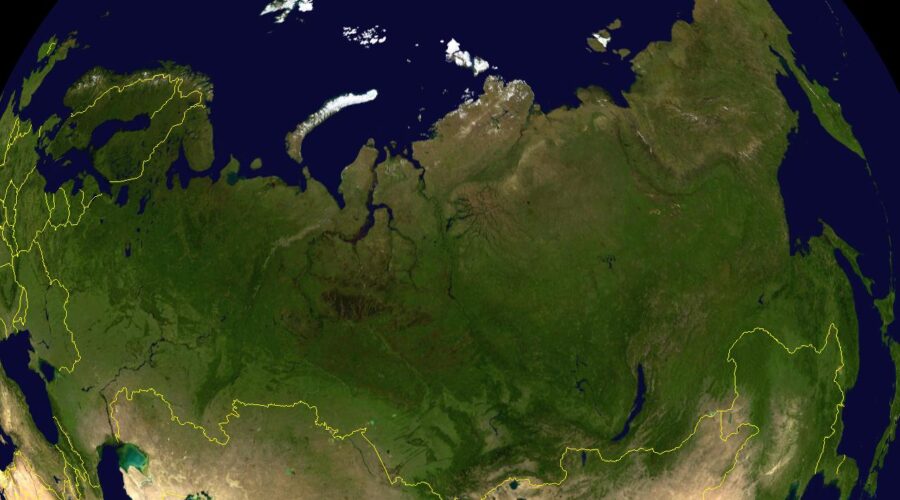Mobilization in Russia, as well as a potential Russian annexation of the Donbass, Kherson and Zaporizhzhia regions, will almost certainly lead to an escalation of the Ukraine war. In the coming weeks and months the Kremlin may have to make decisions that could have a huge impact on the very existence of the Russian Federation.
Moscow-backed self-proclaimed Donetsk People’s Republic and Lugansk People’s Republic, as well as Russian-occupied southern Ukrainian regions of Kherson and Zaporizhzhia regions, held referenda on joining the Russian Federation. The ball is now in the Kremlin’s court. Russian leadership can either ignore the results of the plebiscites, as it did in 2014 when the self-proclaimed Donbass republics held referenda on secession from Ukraine, or it can immediately incorporate the four regions into the Russian Federation. Both moves are very risky for Moscow.
Both moves are very risky for Moscow.
By ignoring the results, the Kremlin will send a bad message to the pro-Russian population living in southeastern Ukraine. After the Kharkiv debacle, many Ukrainian citizens who collaborated with the Russian military-civilian administration in cities such as Izyum, Kupyansk and Balakliya, had to leave their homes and move to Russia; collaborating with Russian forces, under Ukrainian law, could lead to sentences of up to 12 years in prison.
From the perspective of the pro-Russian population in the Donbass, Kherson, and Zaporizhzhia, if Moscow does not recognize the referenda and annex those territories, it will be a clear sign that the Kremlin could eventually abandon the four regions the same way it abandoned Kharkiv.
Thus, if Russia turns a blind eye to the results of the referenda, the locals in southeastern Ukraine will be unlikely to dare to continue collaborating with the Russian forces on the ground.
Since Russia has already suffered several heavy political and military defeats in Ukraine, the Kremlin will likely recognize the plebiscites and incorporate the four regions in the Russian Federation, although it might try to buy time before it makes such a decision. But what comes next?
The Kremlin will be unlikely to dare to openly declare war on Ukraine. There are indications that Russia could launch an “anti-terrorist operation” on what is, de facto, its own territory. Moscow would portray its actions in the Donbass and southern Ukraine as a “fight against Ukrainian occupation of Russian territory”, given that Russia still does not control significant portions of the Zaporizhzhia and Donetsk regions. That is one of the reasons why Russian President Vladimir Putin declared a partial mobilization on September 21.
The problem for Russia is that it will continue fighting the war in exactly the same way as it fought it before Putin declared mobilization. It is extremely improbable for the Russian sanctions-hit economy to launch a mass production of high-precision weapons, which is absolutely necessary in modern warfare. In addition, an army that cannot afford to provide its troops with basic things such as pants, boots, bulletproof vests and helmets, cannot expect to defeat the Ukrainian Armed Forces that are firmly backed by NATO. More importantly, chances are very high that the Russian military leadership will continue implementing the same suicidal tactics and throw freshly mobilized soldiers into frontal assaults on Ukrainian well-fortified positions. As a results, tens of thousands of Russian men will die in vain.
In order not to face such a fate, hundreds of thousands of Russians have started fleeing the country. Some reports suggest that that 261,000 men have left Russia since September 21. It is, however, believed that ethnic minorities in the Russian Federation have been disproportionately targeted by mobilization. That could be one of the reasons why Ramzan Kadyrov, the head of Chechnya, reportedly refused to carry out mobilization in the Chechen Republic, claiming that the region has “fulfilled the plan by 254 percent.” In neighboring Dagestan, mass anti-mobilization protests are taking place, while Russian authorities seem to be attempting to send more than 300.000 additional troops to Ukraine, which is the number that the country’s Defense Minister Sergei Shoigu initially announced.
But if the Kremlin fails to mobilize Northeast Caucasians and other ethnic minorities, it will be forced to focus on targeting ethnic Russians. In the near future, they will almost certainly play the role of cannon fodder. Once new forces on the ground start suffering heavy casualties, mobilization in Russia will undoubtedly become even more unpopular.
Moscow will then have a very tough choice to make: to withdraw its troops from Ukraine, which will represent Russia’s de facto capitulation, or to raise the stakes and use nuclear weapons against its neighbor. Given that, to this day, Russia is hesitant about bombing any bridges on the Dniepr River, or striking “decision-making centers” in Ukraine, it is entirely possible that the Kremlin will use tactical nuclear weapons to target either Snake Island in the Black Sea, or some empty fields where no significant damage will be made.
Russia’s “nuclear response” will likely be a “demonstration of force”. The goal of such an operation would be to scare the Ukrainian political leadership and force Kyiv to sign a peace deal under the Russian conditions. But neither Ukraine nor its Western backers are afraid of Russia any more. Therefore, if the Kremlin decides to use tactical nuclear missiles to strike some sheds or meadows in Ukraine, the United States will likely respond severely and sink the Russian Black Sea Fleet, quite aware that the Kremlin will not dare to retaliate.
Finally, no matter what happens, Russia will unlikely ever nuke Western countries where children and grandchildren of the Kremlin’s oligarchs and officials live.
Image: NASA

